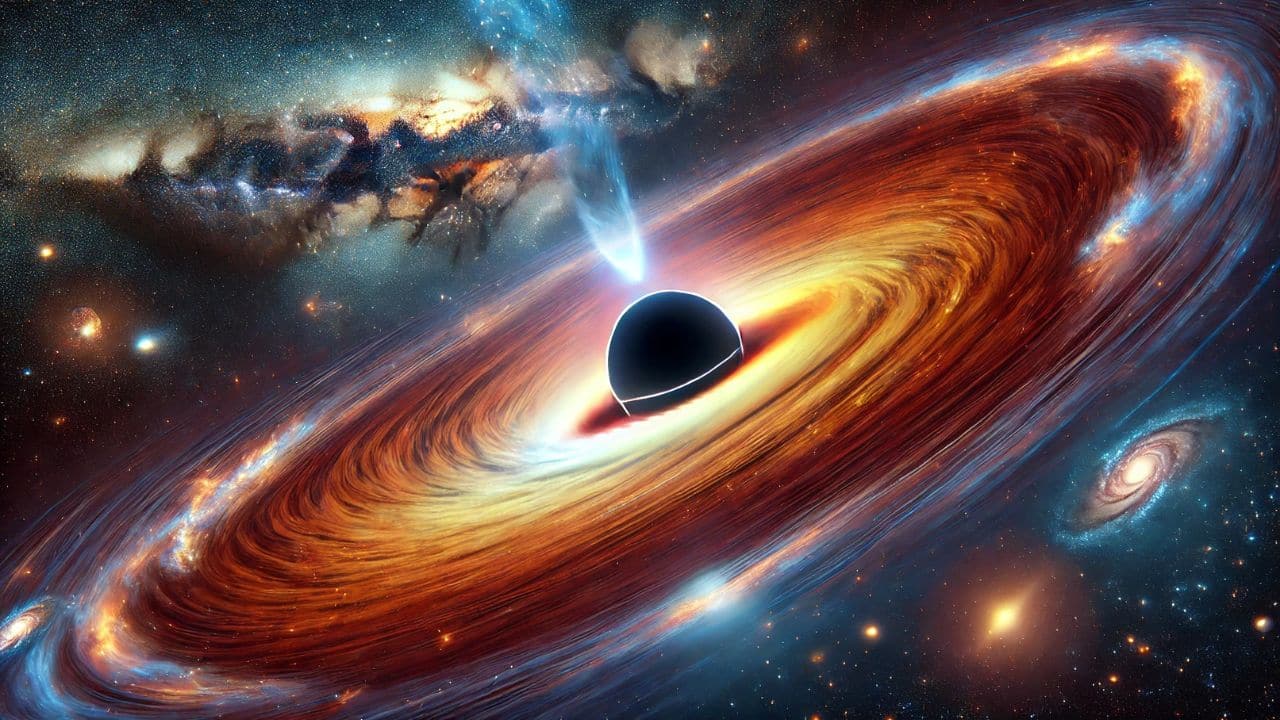

Astronomers have revealed what they believe could be the most massive black hole ever observed. This “ultramassive” black hole is situated at the core of a galaxy almost six billion light years distant. According to their calculations, astronomers estimate that this black hole has a mass equivalent to 36 billion times that of our Sun.
This certainly is a significant black hole, and it undoubtedly raises intriguing questions regarding the maximum size of these cosmic entities. The astronomers discovered this black hole while studying the Cosmic Horseshoe, an unusual gravitational lensing phenomenon first identified in 2007. The recent findings are currently available through *arXiv*.
The Cosmic Horseshoe is widely regarded as a nearly flawless illustration of gravitational lensing. As a result, it has attracted considerable interest from astronomers throughout the years. Due to the system’s great distance, measuring the black hole proved to be much more complex, as observing ultramassive black holes can often pose challenges.
Nevertheless, the team behind this latest study adopted an alternative strategy. Rather than examining the black hole directly, they concentrated on data obtained from the Multi Unit Spectroscopic Explorer (MUSE), a device on the Very Large Telescope. By combining this data with high-resolution images captured by Hubble, they successfully reconstructed rough measurements of the galaxy and concluded that this black hole is the heaviest one we have ever quantified.
Researchers emphasize that the critical factor was integrating the data collected from the stellar motion with the distortion induced by gravitational lensing. This allowed them to gain insight into the possible size of this ultramassive black hole. Of course, determining its exact size with any level of certainty remains challenging, particularly from a distance of nearly six billion miles.
Black holes have historically been prominent subjects of astronomical study. We have not only identified rogue black holes traversing the cosmos but have also observed black holes devouring nearby stars and planets. While much about these cosmic giants remains elusive, discoveries like this bring us closer to filling the gaps in our understanding.
For now, we can only continue to monitor this ultramassive black hole and the galaxy system it inhabits. It is possible that we will uncover additional insights about its dimensions and its influence on the surrounding universe in the forthcoming months and years.